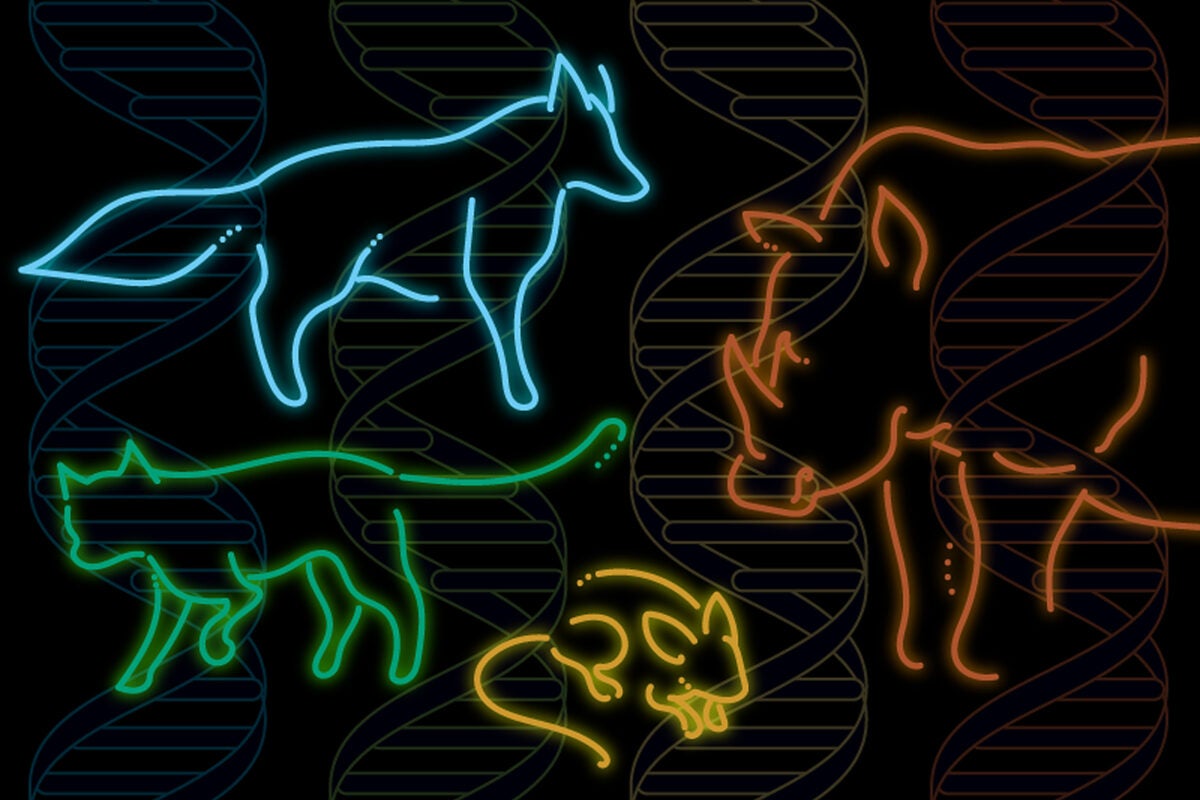
Findings from the Zoonomia Project reveal clues and links between human traits and other animals. Read to know more about this fascinating study.
What is the Zoonomia Project?
Scientists are comparing the genetic blueprints of several animals to gain new insights into humans and the connections we share with other animals. The Zoonomia Project is an international effort offering clues about human traits and diseases, the abilities of animals, and more. A slice of the discoveries is published across 11 papers in Science. The team led by Kerstin Lindblad-Toh and Elinor Karlsson from the Broad Institute of MIT and Harvard looked at 240 species of mammals. They sequenced and compared genomes and found certain regions to be the same across all species through the long course of evolution.
One of the studies revealed a minimum of 10 percent of the human genome is mostly unchanged across species. Moreover, most of these regions are outside the one percent of genes giving rise to proteins controlling the activity of cells. For long researchers theorized that these long-preserved regions act as “regulatory elements”. They supposedly contain instructions about when, where, and how much protein is produced. Over three million of these regions were identified in the human genome. About half of them were previously unknown.
More on the fascinating study

The Zoonomia Project revealed interesting changes within the animal kingdom. Upon aligning the genetic sequences of various species and comparing them with their ancestors, researchers also discovered several changes in a short period for some species. This highlights the process of animals adapting to changing environments. “One of the cool things about mammals is that at this point in time. They’ve adapted to survive in nearly every single ecosystem on Earth,” stated Karlsson.
Another study from the Zoonomia Project involved sequencing the genome of Balto, a sled dog. Balto, in 1925 led a team of dogs carrying diphtheria serum to Nome, Alaska. By comparing Balto’s genes to that of the other dogs the study revealed the dog was more genetically diverse compared to modern breeds. It may have also carried genetic variants allowing him to survive harsh conditions. Katherine Moon, a co-author and researcher from the University of California stated Balso’s genome “gives us this guide through comparative genomics.”






